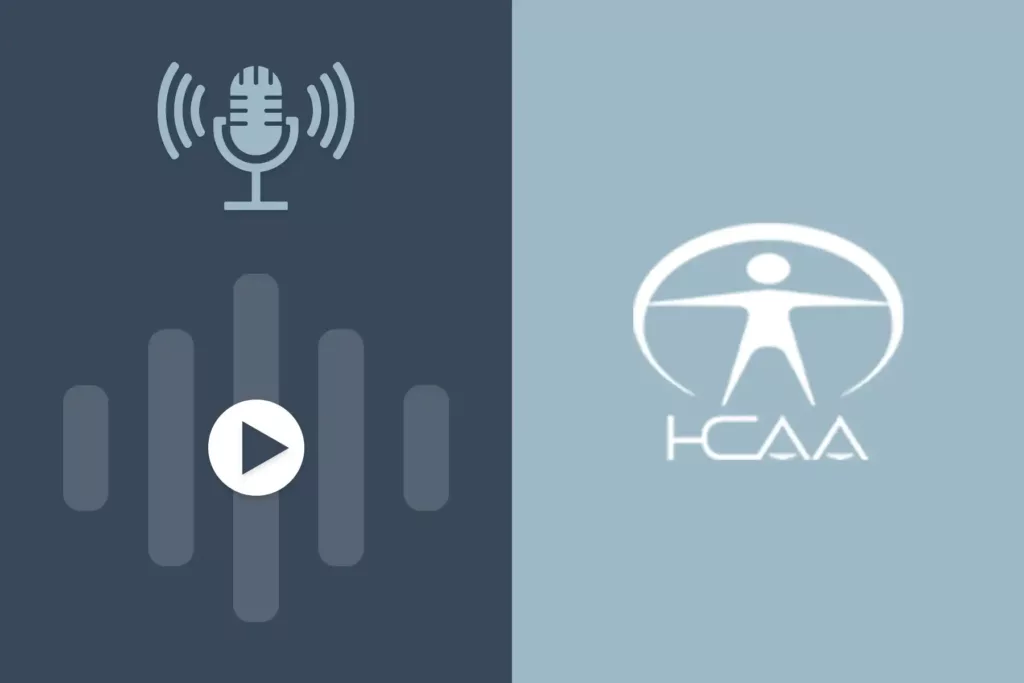Highlights
- Roundstone’s Founder and President Mike Schroeder joined the Voices of Self-Funding podcast with host Ramesh Kumar to discuss why self-funded stop-loss captives have exponentially grown the small to midsize market for self-funded insurance.
- Roundstone avoids conflicts of interest by never taking commissions from vendors, PBMs, or TPAs – our priority is always to ensure the best outcome for the employer and the employees.
- Data in a self-funded plan provides invaluable insight into cost containment opportunities to optimize the savings of a self-funded health insurance plan.
In a recent Voices of Self-Funding podcast with host Ramesh Kumar, “What’s Up with the Growth of Captives,” Roundstone’s Founder and President Mike Schroeder discussed why the market for self-funded stop-loss captives is rapidly growing. Today, the market for stop-loss is $30 billion – 10 years ago, it was roughly half that, Mike said.
“Captives are a big part of that because they’re fitting into that middle market space – anywhere from 50 to 500 employees,” Mike said. “…More often than not, captives are providing a bridge for a fully insured or fixed-cost funding vehicle to move into self-funding. Captives are a catalyst – a driver of the overall market moving to self-funding.”
Of that $30 billion stop-loss market, Mike estimates stop-loss captives are 10% to 15%. How big could the market get?
Mike calculates that there are at least half a million small to midsize employers in the United States. Just 1% of that market is equivalent to $1.5 billion in stop-loss premium. Moving just roughly 10% of the middle market into a self-funded stop loss captive would be billions of dollars – a long runway.
“I do believe a self-funded captive is a better alternative than a traditional fixed cost where you have no insight or control and you have costs that are going up double digits,” Mike said. “So yeah, I think any employer in that space should really look very closely at self-funding with the captive.”
A Streetcorner Evangelist Founding the World’s First Self-Funded Stop-Loss Captive
Mike also discussed the early days of founding Roundstone as the first self-funded stop-loss captive in 2005.
“I joke I was the streetcorner evangelist right up until healthcare reform passed. It was a good idea, but there wasn’t a lot of traction. There wasn’t a lot of market demand. But with the rising cost of healthcare, that’s really changed. And now it’s become a go-to, a better alternative for employers that want to self-fund their employee benefits.”
He talked about the value and structure of self-funded stop-loss captives. They provide immense value to employers by offering insights into cost drivers and enabling better management of employee benefit plans. Alignment within a captive is essential to ensure the employers’ objectives are always the priority with a focus on quality healthcare at reasonable costs.
How to Lower Costs and Ensure Sizable Distributions in a Self-Funded Stop-Loss Captive
Mike also discussed the operational and financial aspects of captives – why reducing expense loads and maintaining sizable return funds is so critical to ensuring a high return of unused stop-loss premium to captive members at the end of the year. Roundstone always pays its distributions in cash and returns 100% of all unused claims dollars back to the employers on a pro-rata basis. Most captives don’t – if they return any dollars at all.
Mike also stressed the importance of avoiding conflicts of interest and ensuring decisions within a captive are aligned with the best interests of employers. He pointed out that Roundstone never takes commissions from vendors, TPAs, or PBMs. Roundstone’s priority is always providing the best outcomes to the employer and the employees.
The Benefits of Data to Reducing Healthcare Costs and Improving Quality of Care
Mike also talked about the value of data analytics for better health plan management and to further optimize the savings of a self-funded health insurance plan.
“Like anything in business, if you don’t have information and you don’t have data to help you figure out what is driving costs, you’re most likely going to be in an environment in which those costs are going up pretty dramatically,” Mike said. “That is the fate of employers who are in a fixed cost, fully insured product. They do not get the data necessary to take control over their employee benefit plan.
“The ability to get information and get control opens the door to savings. Today, particularly with things like the escalating cost of drugs and pharmacy, if you don’t have a good line of sight into how drugs are being delivered to your population and to your employees, your costs are going to run out of control. That’s what the captive does. It opens the door for these employers to self-fund, gain insight into what is driving costs, and then give them the control to manage those costs. And when you do that, the self-funding captive environment keeps the savings with the employer and with the community. The outcomes are better than what they were doing before.”
The Vision for a Value-Driven Healthcare Industry
Both Mike and Ramesh expressed enthusiasm about the potential for self-funded stop-loss captives to contribute to a more transparent, value-driven healthcare industry.
Mike also encouraged advisors to participate in educational initiatives like Roundstone University. He highlighted the rewarding aspects of working toward improving healthcare affordability and quality, and discussed why captives provide a pivotal tool to allow small to midsize employers to finally turn the tables on escalating healthcare costs and be able to provide affordable, quality care for their employees.
Listen up and enjoy!
Have a question for Mike? Let us know.










